Exploring Mount Ijen – What to Know Before You Go
1 Juli 2025 101x article Blog
Mount Ijen, located in East Java, Indonesia, is one of the most extraordinary volcanoes in the country. Famous for its rare blue fire phenomenon, this natural wonder attracts travellers from around the world.
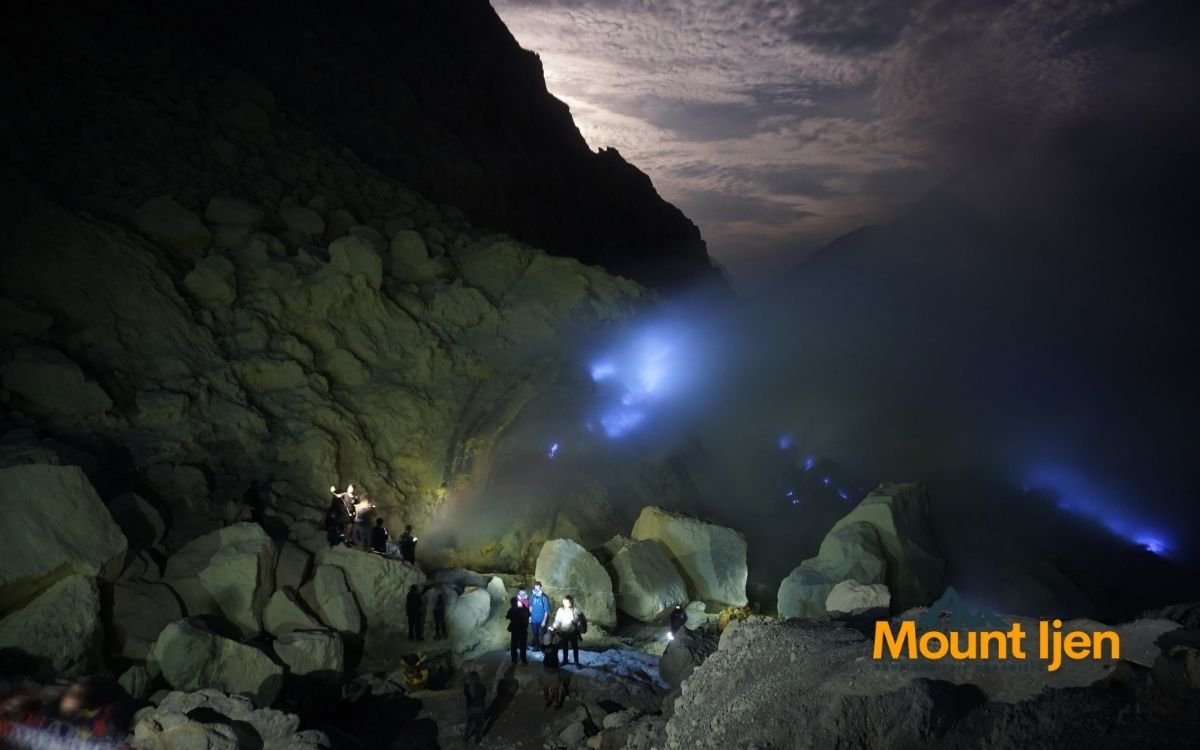
The glowing blue flames—caused by ignited sulfuric gases—can only be seen in the dark before sunrise, making the early morning trek truly unforgettable.
Beyond its visual allure, Mount Ijen is also home to an acidic crater lake and a challenging sulfur mining operation, showcasing both the power of nature and the resilience of local workers.
Why Visit Mount Ijen?
Mount Ijen offers a rare combination of natural wonder, cultural richness, and breathtaking scenery. Witness the world-famous blue flames, a natural phenomenon caused by ignited sulfuric gases visible only before dawn.
Explore the striking acid crater lake, one of the largest of its kind in the world, glowing a surreal turquoise under the morning light.
Experience the authentic local culture as sulfur miners carry heavy loads from the crater — a humbling glimpse into one of the toughest jobs on Earth.
With its panoramic sunrise views over the misty Ijen Plateau and fewer crowds than Mount Bromo, Mount Ijen is a must-visit for travellers seeking a more intimate and unforgettable volcano adventure.
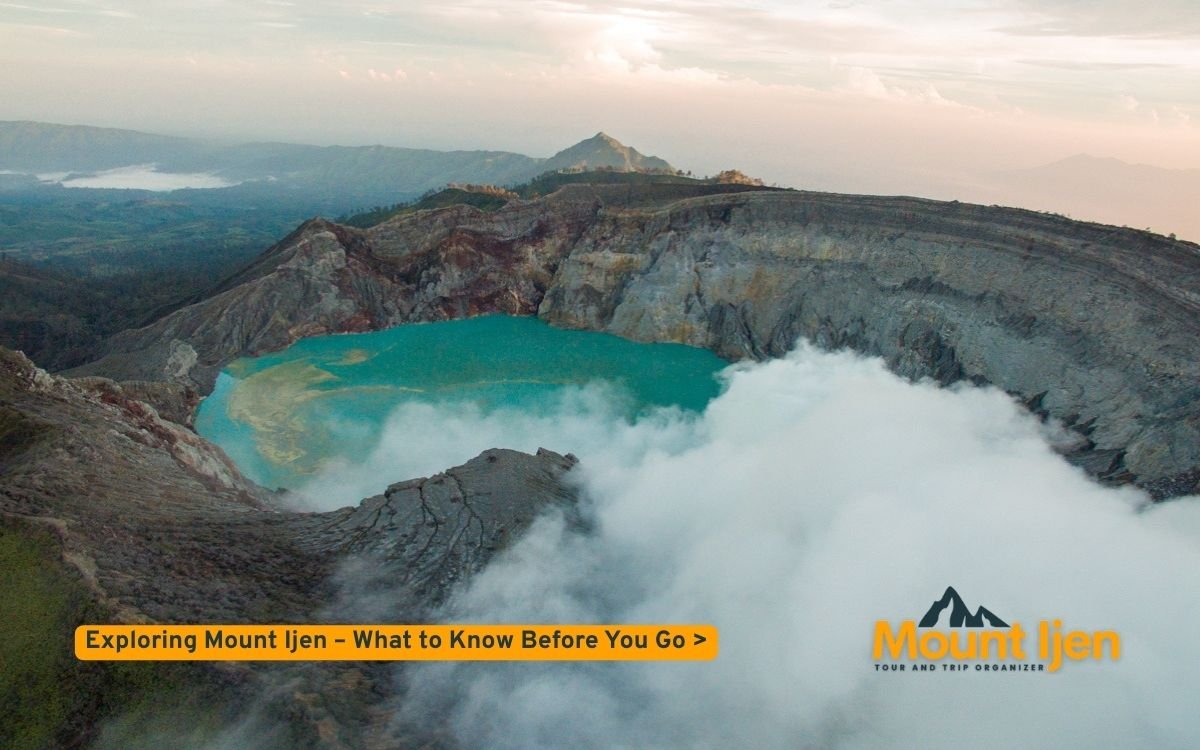
How to Get to Mount Ijen
Mount Ijen is accessible from two main gateways: Banyuwangi and Bondowoso. Banyuwangi is the most convenient entry point, located just an hour’s drive from the base of Ijen and well-connected by air, rail, and road.
By Air:
Daily flights connect Bali (Denpasar) and Surabaya to Banyuwangi Airport (BWX), making it the quickest option for most travellers.
By Train
Comfortable and scenic train routes run from Surabaya or Yogyakarta to Banyuwangi’s Karangasem or Banyuwangi Baru stations.
By Private Car or Tour
A flexible and popular choice, especially for those coming from Bali via ferry or planning a multi-day East Java trip that includes Bromo or Tumpak Sewu.
Recommended Routes:
- From Bali: Take a ferry from Gilimanuk to Ketapang, then continue by car or local tour to Ijen (approx. 1.5 hours).
- From Surabaya: Travel by train (7–8 hours) or hire a private driver (6–7 hours) to Banyuwangi.
- From Yogyakarta: Take the overnight train to Banyuwangi or join a multi-day overland tour that includes Mount Bromo.
Whichever route you choose, plan to arrive in Banyuwangi the evening before your hike for the early pre-dawn start.
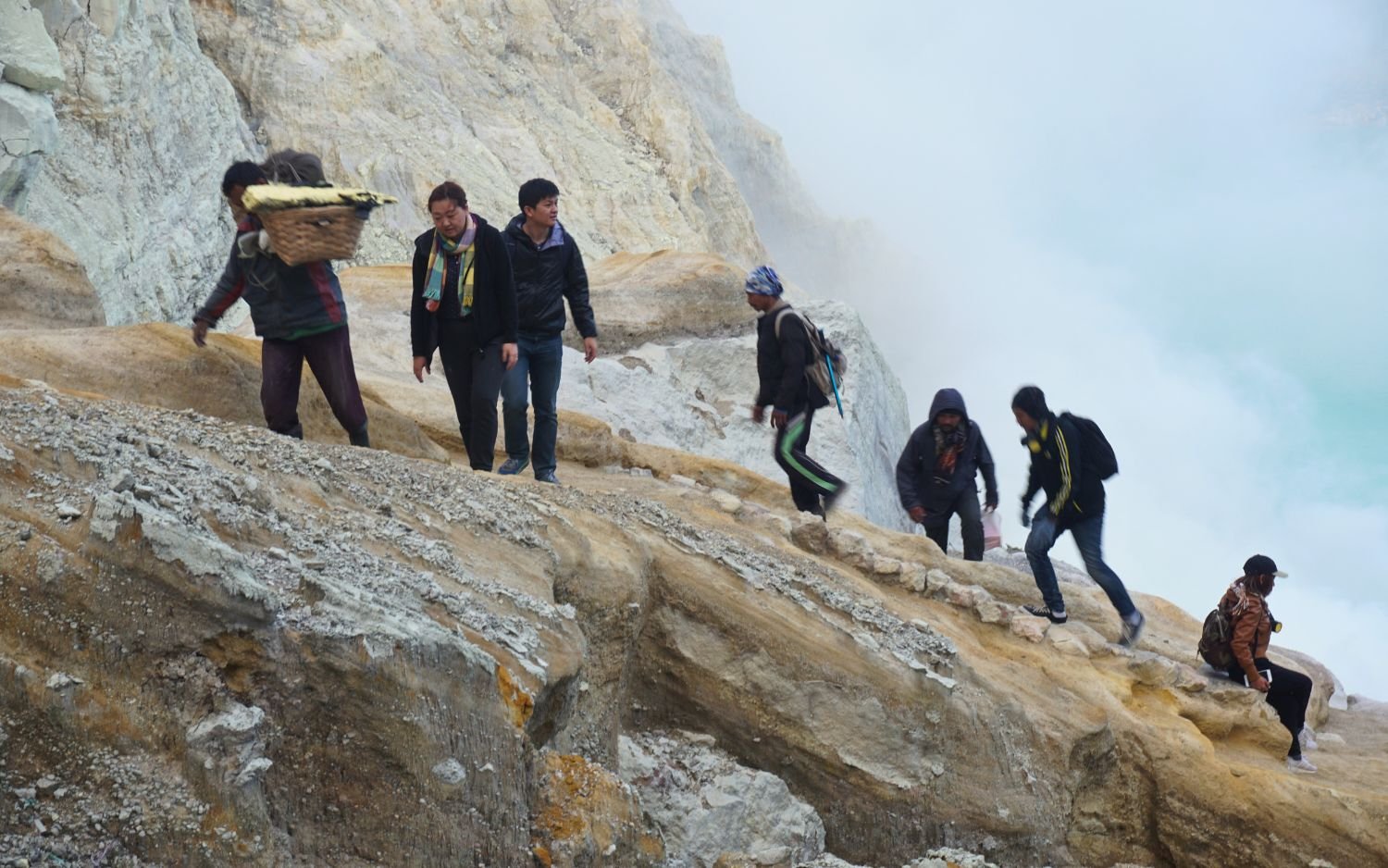
Best Time to Visit Mount Ijen
Timing your trip right is essential for the best experience at Mount Ijen.
-
Season: The dry season (May to October) is the ideal time to visit. During these months, the trails are more accessible, and skies are clearer, perfect for catching the blue fire and sunrise views. The rainy season (November to April) can bring muddy trails, low visibility, and possible trail closures.
-
Time of Day:
-
Midnight to 3:00 AM is the best window to see the blue fire phenomenon. It fades as daylight approaches.
-
Around 5:00 AM, the sunrise over the Ijen Plateau begins — offering panoramic views of the crater, lake, and surrounding volcanoes.
-
-
Weather Tips:
-
Temperatures at the crater rim can drop to 5–10°C (41–50°F) before sunrise, so bring warm clothing.
-
Bring a mask or respirator to protect against sulfur gases.
-
Avoid full moon nights if possible — the blue fire is more visible in total darkness.
-
Planning your visit with these conditions in mind will ensure a safe, comfortable, and truly unforgettable experience.
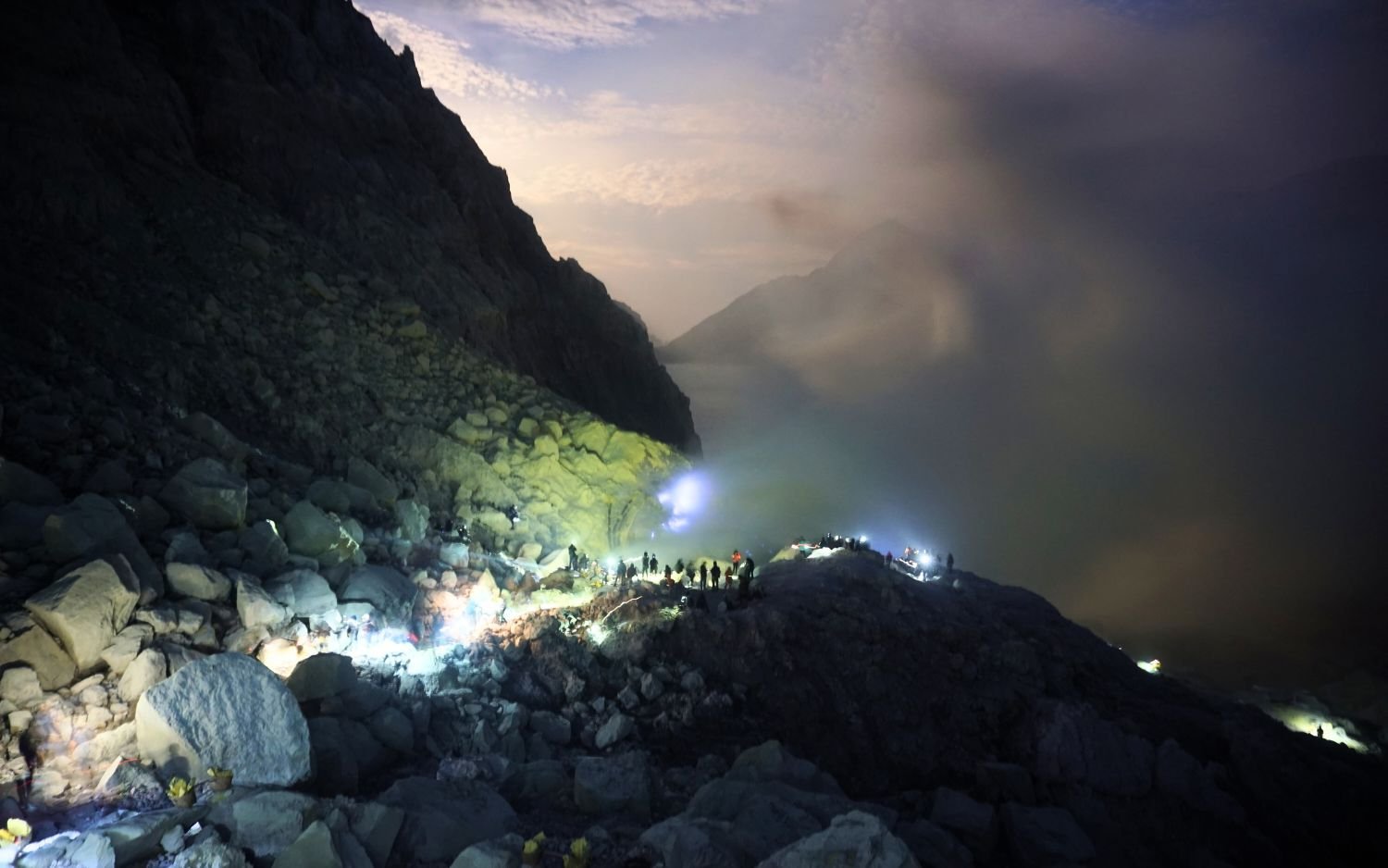
🥾 What to Expect on the Hike to Mount Ijen
1. Trail Difficulty & Distance (Start: Paltuding)
-
Trailhead: Paltuding (1,865 m) is the official start point, offering restrooms, basic food stalls, and mask rentals walkingenglishman.com+15backindo.com+15chasinggambozinos.com+15.
-
Distance: Approx. 3.2–3.5 km one-way (~6–7 km round trip) to crater rim .
-
Terrain:
-
First 1–2 km: wide, gently inclined path through shrubland and forest.
-
Final 1–2 km: steeper, rocky sections; expect uneven footing and occasional handrails near crater edge .
-
Technical descent inside crater towards lake: narrow, steep, uneven – requires caution summits.com+13theoutbound.com+13walkingenglishman.com+13.
-
2. Duration & Altitude Gain
-
Elevation gain: ~500–600 m (Paltuding ~1,865 m to crater rim ~2,350 m) summits.com+3gunungbagging.com+3theoutbound.com+3.
-
Time estimate:
-
Ascent: 1.5–2 hours (3 km).
-
Descent into crater & back: another 1–2 hours.
-
Total hike: 3–5 hours depending on pace, stops, and crater descent
-
3. Safety Tips & Physical Readiness
-
Fitness level: Moderate – suitable for hikers in reasonable shape; trail is climbing but not technical until the crater descent
-
Sulfur fumes: Strong near crater; wear a gas mask or respirator, goggles, and dampen mask if neededFootwear: Sturdy hiking shoes with grip; consider gloves for hand support on rocky parts
-
Headlamp: Essential for the night hike; bring spare batteries.
-
Warm clothing: Temperatures drop to ~5–10 °C before dawn—layer up
-
Guides: Local guides are strongly recommended—required for night trek and crater descent for safety ; optional according to some sources.
-
Stay hydrated & fueled: Bring snacks, water, and replenish before ascent.
-
Respect sulfur miners: They carry 70–100 kg loads; yield trail priority and offer encouragement or small purchases as support
4. Tickets & Permits
-
Entrance fees (Paltuding counter, via online registration):
-
Domestic (Indonesian): IDR 20,000 (weekdays), IDR 30,000 (weekends) harrisijentourandtravel.com+9bromopackagetour.com+9theoutbound.com+9.
-
Foreign visitors: IDR 100,000–150,000 regardless of weekday/weekend (varies by source) .
-
-
Insurance: Additional IDR 2,000–5,000 per person bromopackagetour.com+1backindo.com+1.
-
Online booking: Required via BBKSDA Jatim website; pay onsite at Paltuding backindo.com+3bromopackagetour.com+3gunungbagging.com+3.
-
Health requirements: Present COVID-19 protocols; health certificate recommended.
-
Camera/drone permits: High fees – up to IDR 10 million for cameras/videos.

✅ Summary at a Glance
| Aspect | Details |
|---|---|
| Trail | ~3.4 km, 500–600 m climb, moderately challenging, rocky near crater |
| Duration | 3–5 hrs round-trip including crater descent |
| Altitude | 1,865 m → 2,350 m rim; crater lake ~800 m below rim |
| Difficulty | Moderate—good fitness needed; crater descent is technical and steep |
| Gear | Headlamp, warm clothes, gas mask, gloves, hiking shoes |
| Safety | Bring guide, avoid fumes, respect miners, follow trail & weather updates |
| Tickets | Domestic IDR 20–30k; foreign IDR 150k; insurance & booking apply |
🎒 Packing Essentials for Mount Ijen
Preparing the right gear is crucial for a safe and comfortable hike to Mount Ijen — especially if you’re planning the popular midnight trek to see the blue fire.
✅ Must-Bring Items:
-
Warm Clothing & Layers
Temperatures at the crater rim can drop to 5–10°C (41–50°F) before sunrise. Wear thermal layers, a windproof jacket, gloves, and a beanie to stay warm during the early morning hours. -
Headlamp or Flashlight
The trail is completely dark during the midnight hike. A reliable headlamp (with extra batteries) is essential to keep your hands free while navigating uneven terrain. -
Gas Mask or Respirator
Sulfur gas around the crater is toxic and strong. A proper gas mask with filters is strongly recommended — you can bring your own or rent one at Paltuding for a small fee. -
Sturdy Trekking Shoes
The trail can be rocky, slippery, and steep in some areas. Good hiking shoes or boots with solid grip are vital for safety and comfort. -
Water & Snacks
Stay hydrated and bring at least 1 liter of water per person. Pack energy bars, fruit, or other lightweight snacks to keep your energy up during the hike.

Optional but Useful:
-
Sunglasses & sunscreen (for after sunrise)
-
Lightweight rain jacket (during wet season)
-
Small backpack for carrying gear
-
Camera with low-light capability (for blue fire)
-
Power bank for charging your phone or headlamp
Packing wisely ensures not only your comfort but also your safety, especially when hiking at night in challenging volcanic conditions.
⚠️ Ethical and Safety Considerations at Mount Ijen
Visiting Mount Ijen is not just an adventure — it’s an opportunity to witness a unique environment and culture. To ensure your experience is respectful and safe, keep the following principles in mind:
🤝 Respect the Sulfur Miners
The miners of Mount Ijen carry heavy sulfur loads (up to 80–100 kg) up and down the crater every day in harsh conditions.
-
Give them space on the trail, especially on steep sections.
-
Avoid blocking their path for photos or selfies.
-
Consider buying small sulfur souvenirs directly from miners as a gesture of support.
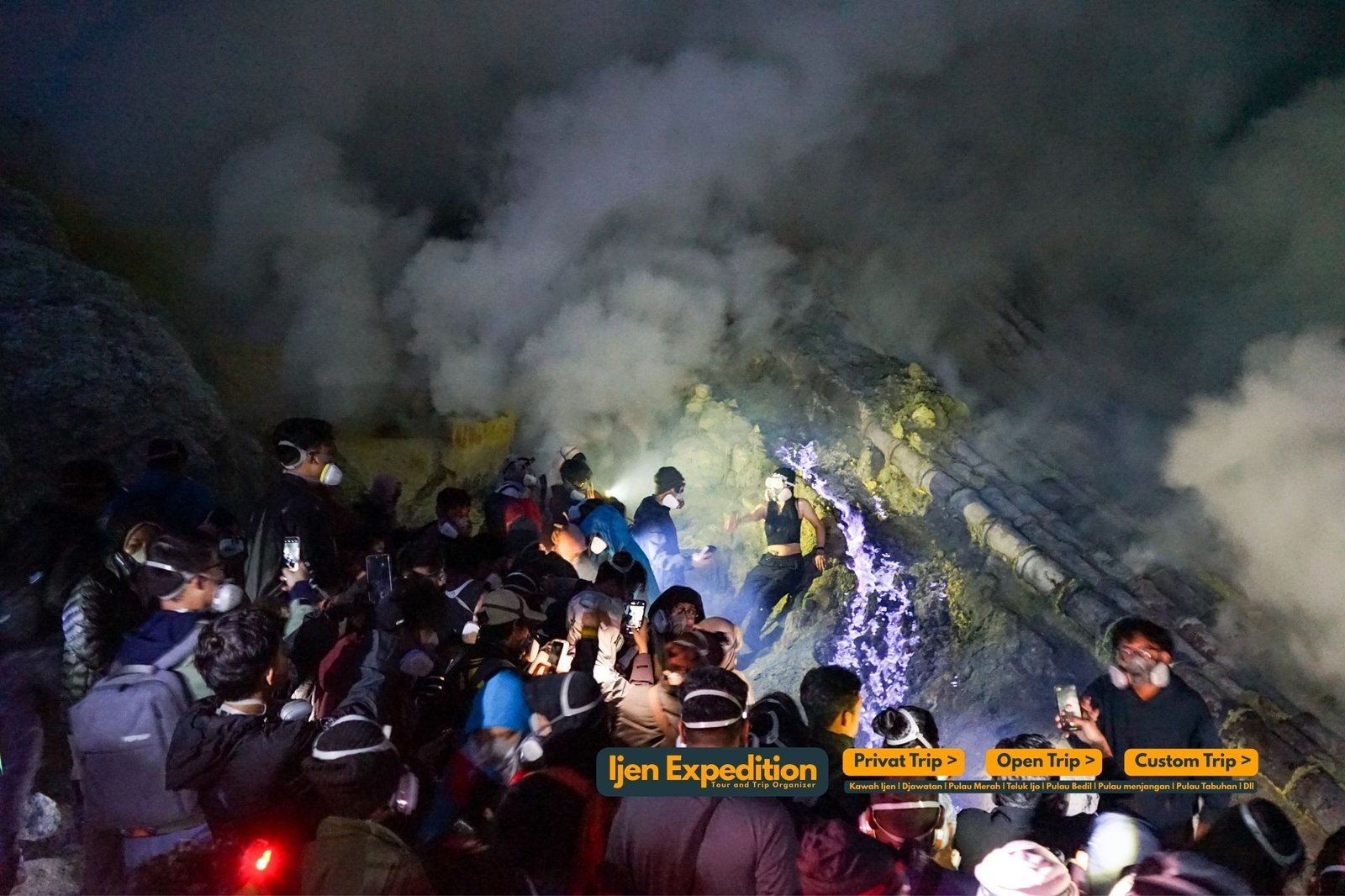
🌿 Practice Environmental Responsibility
Mount Ijen’s ecosystem is fragile and must be preserved.
-
Do not litter — carry all trash out with you.
-
Stay on marked trails to protect vegetation and prevent erosion.
-
Refrain from taking rocks, sulfur, or plants as souvenirs.
⚠️ Safety Around the Crater Lake
The turquoise lake may look inviting, but it is highly acidic (pH ~0.5).
-
Do not swim or touch the water — it can cause serious burns or injury.
-
Keep a safe distance from the lake’s edge to avoid slipping or inhaling toxic gas.
🔥 Blue Fire Safety Tips
If descending into the crater to view the blue flames:
-
Go only with a licensed local guide.
-
Wear a proper gas mask and avoid staying in the crater too long.
-
If you feel dizzy or short of breath, ascend immediately.
By traveling responsibly, you not only protect yourself but also contribute to the preservation of Mount Ijen and the well-being of the people who live and work there.
🚐 Mount Ijen Tour Options
Whether you’re a solo traveler or part of a group, there are multiple ways to explore Mount Ijen. Choosing the right tour depends on your travel style, schedule, and budget.
✅ Guided Tours: Pros & Cons
Pros:
-
Convenience: All logistics (transport, permits, guide, gas mask) are handled.
-
Safety: Local guides know the terrain, weather patterns, and how to navigate sulfur gases.
-
Insight: Learn about Ijen’s geology, miner life, and blue fire phenomenon.
Cons:
-
Less flexibility: Set itineraries may limit how long you can stay at each location.
-
Cost: Guided tours are more expensive than DIY options, especially for solo travelers.
👥 Private vs Group Tours
| Tour Type | Ideal For | Features |
|---|---|---|
| Private Tour | Couples, photographers | Flexible schedule, personalized experience |
| Group Tour | Budget travelers | Lower price per person, social experience |
Private tours offer comfort and customization, while group tours are more affordable and great for meeting fellow travelers.
🌋 Combo Tour Packages: Bromo – Ijen – Tumpak Sewu
Many travel agencies offer multi-day tour packages that combine Mount Ijen with other East Java highlights like:
-
Mount Bromo (sunrise hike, sea of sand, jeep ride)
-
Tumpak Sewu Waterfall (dramatic, tiered waterfall hike)
-
Optional add-ons: Madakaripura Waterfall, Malang city, or drop-off in Bali
Popular combos:
-
3D2N Bromo + Ijen
💰 Estimated Tour Budgets (per person)
| Starting Point | Tour Type | Duration | Est. Price (IDR) |
|---|---|---|---|
| Surabaya | Group Tour | 3D2N Bromo–Ijen | 1.850.000 – 2.750.000 |
| Private Tour | 3D2N Bromo–Ijen | 3.200.000 – 4.000.000 | |
| Banyuwangi | Ijen Only Tour | Half/1 Day | 400.000 – 800.000 |
| Bali | Bromo–Ijen Combo | 3–4 Days | 3.500.000 – 5.000.000 |
| Yogyakarta | Full Java Trip | 4–5 Days | 4.500.000 – 6.500.000 |
Prices vary depending on group size, inclusions (accommodation, meals, entrance fees), and season.
📝 Tip:
Look for licensed operators who provide proper safety equipment (gas masks, guides), insurance, and clear itineraries. Booking in advance during high season (June–September) is highly recommended.
📸 Photography Tips for Mount Ijen
Mount Ijen is a dream destination for photographers — from the surreal blue flames to the glowing acid crater lake at sunrise. To help you capture the magic, here are some essential tips:
🌋 Best Spots for Photography
-
Blue Fire:
-
Inside the crater, near the sulfur vents — visible only in total darkness, typically between 1:00–4:00 AM.
-
Use caution: it’s steep, slippery, and full of sulfur gas. A guide is strongly recommended.
-
-
Crater Rim:
-
The most iconic spot for sunrise shots overlooking the turquoise lake and surrounding peaks.
-
Get into position by 4:30–5:00 AM for the best light and color.
-
-
Miner Trail:
-
Candid shots of sulfur miners climbing with heavy loads make powerful portraits — shoot from a respectful distance.
-
📷 Recommended Camera Settings
For blue fire photography (low-light/night):
-
Camera: DSLR or mirrorless with manual settings
-
Lens: Wide-angle (f/2.8 or faster ideal)
-
Tripod: Essential for sharp shots in low light
-
ISO: 1600–3200
-
Aperture: f/2.8 or wider
-
Shutter Speed: 5–15 seconds for blue flame trails
-
White Balance: Manual or tungsten for cooler tones
-
Manual Focus: Use flashlight to pre-focus on foreground
For sunrise shots:
-
ISO: 100–400
-
Aperture: f/8–f/11 for landscape sharpness
-
Shutter Speed: 1/60 to 1/250 seconds
-
Use bracketing or HDR for high-contrast scenes
🤝 Respectful Photography Practices
-
Ask permission before photographing miners, especially for close-ups.
-
Avoid flash — it can be disruptive in dark environments and startling to miners.
-
Don’t block paths or interfere with their work.
-
Consider tipping miners or buying small sulfur carvings if you take portraits.
Capturing Mount Ijen is about more than stunning images — it’s about telling a respectful, meaningful story of nature and human resilience. Let me know if you want post-processing tips or gear recommendations!
❓ Frequently Asked Questions (FAQ)
1. Can I see the blue fire year-round?
Yes — the blue fire is visible year-round, but only in complete darkness, typically between 1:00 AM and 4:00 AM. However, weather conditions like rain or thick fog can affect visibility, so the dry season (May–October) offers the best chance to see it clearly.
2. Is the hike safe for beginners?
Yes — the main trail from Paltuding to the crater rim is moderately challenging but manageable for beginners in decent physical condition.
-
The optional descent into the crater (to see the blue fire up close) is steeper, rocky, and slippery — best done with a local guide and proper equipment.
-
With basic fitness, proper footwear, and a cautious pace, many first-timers complete the hike successfully.
3. What time should I start the trek?
To catch the blue fire and sunrise:
-
Start from Paltuding around midnight (12:00 AM – 1:00 AM).
-
Reach the crater rim by 2:30 AM – 3:00 AM, and descend (if desired) before sunrise, which begins around 5:00 AM.
-
Allow 3–5 hours total for the hike, including stops and return.
4. Are children allowed on the hike?
Yes, children are allowed, but:
-
It is not recommended for very young kids (under 7) due to the altitude, cold temperatures, and sulfur gas exposure.
-
Older children and teenagers with good fitness can usually complete the rim hike.
-
Descending into the crater is not advised for children due to safety concerns.
Always consult with your tour provider if you’re traveling with kids to ensure appropriate arrangements and safety gear.
🌄 Mount Ijen
Mount Ijen is truly one of Indonesia’s most extraordinary natural wonders — a place where fiery blue flames, a surreal acidic crater lake, and the inspiring resilience of sulfur miners come together to create an unforgettable adventure. Whether you’re a photographer, hiker, or simply a nature lover, Ijen offers a rare chance to witness the power and beauty of the Earth up close.
Before you go, remember to plan responsibly: check the weather, pack essential gear, and respect local guidelines. Travel sustainably by minimising waste, supporting local guides, and treading lightly on this fragile volcanic environment.
East Java is filled with breathtaking landscapes — from Mount Bromo’s sunrise view to the cascading beauty of Tumpak Sewu Waterfall. Make Mount Ijen a highlight of your East Java journey and experience the kind of adventure you’ll never forget.
Start planning your Ijen adventure today — and take home more than just photos. Take home a story worth telling.
Maybe you are interested in reading the following article:
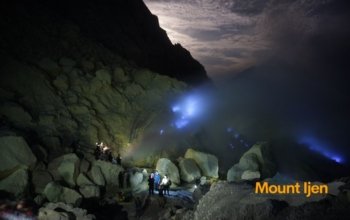
Ijen Blue Fire Tour 1 Day 1 Night – Departing from Bali
Embark on a once-in-a-lifetime journey to witness the magical Ijen Blue Fire! This 1 Day 1 Night tour from Bali is the perfect choice for travellers seeking to explore one of Indonesia’s most otherworldly natural wonders — all in a single, unforgettable overnight adventure. 🌋 Why Choose This Ijen Tour from Bali? Situated just an... read more
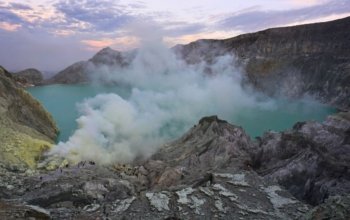
1 Day Mount Ijen Blue Fire Tour from Bali
Witness the World-Famous Blue Flame and Sunrise over the Ijen Crater – All in One Day from Bali 📌 Tour Highlights 🔥 See the rare blue fire phenomenon—only visible in two places on Earth 🏞️ Explore the largest acidic crater lake in the world 🌄 Catch the breathtaking sunrise over Mount Ijen 👷 Meet the... read more
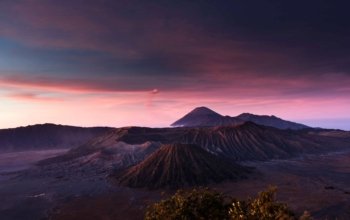
Mount Ijen Tour: Explore East Java’s Most Iconic Volcano
Discover the dramatic beauty and natural wonders of East Java through our expertly guided Mount Ijen Tour—a curated journey that brings you face-to-face with one of the world’s most extraordinary volcanic environments. Famous for its rare blue fire, acidic turquoise crater lake, and the incredible endurance of local sulfur miners, Mount Ijen is a must-se... read more
Contact Us
If you have any questions, please contact us.
-
Hotline
+6285748711646 -
Whatsapp
085748711646 -
Email
admin@ijenexpedition.com

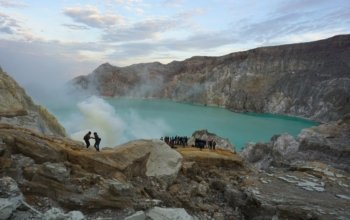
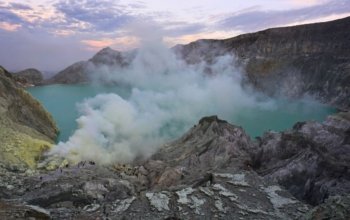
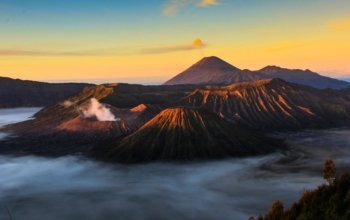
1 comment